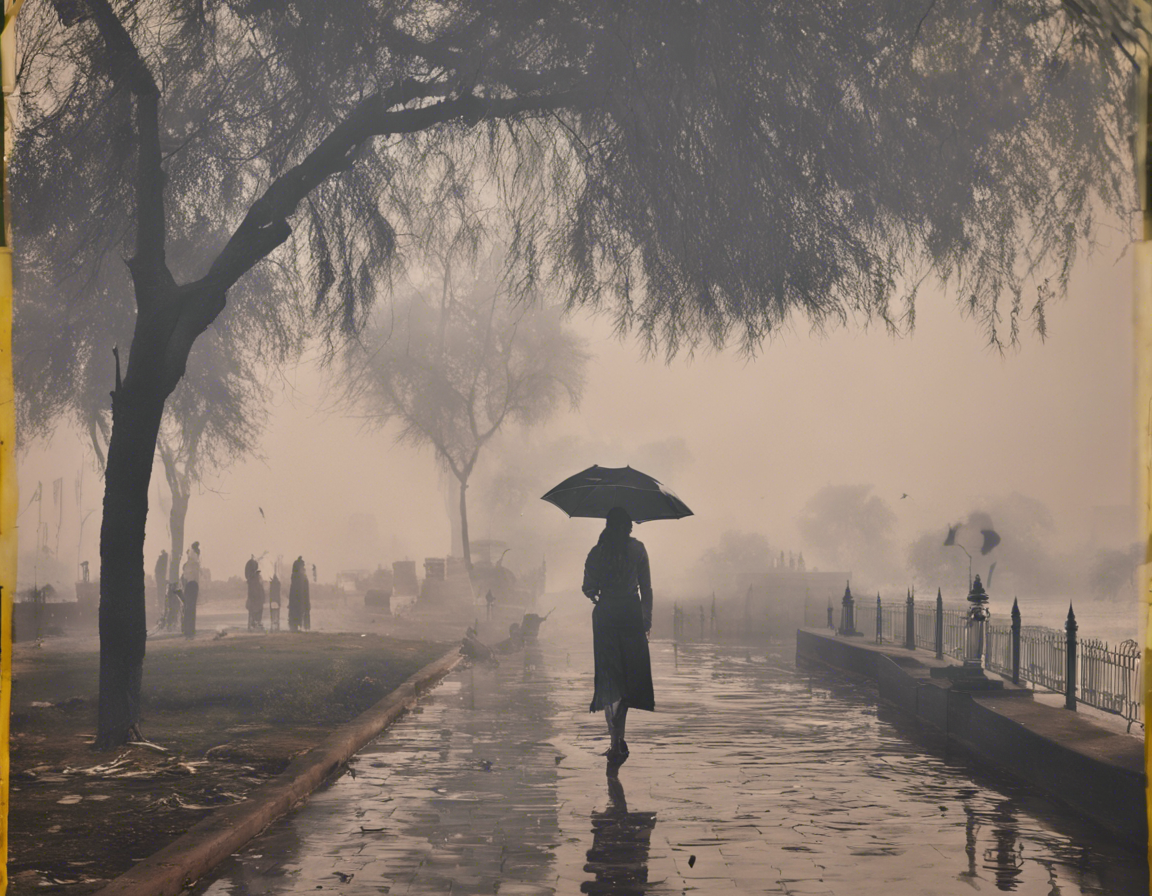Exploring Delhi’s Weather: A Complete Guide
When it comes to experiencing the true essence of India, Delhi is one of those cities that must be on your itinerary. From its rich historical heritage to its bustling markets and vibrant culture, Delhi offers a unique blend of old world charm and modernity. However, one aspect that can greatly influence your experience in the capital city is its weather.
Delhi experiences a humid subtropical climate, characterized by hot summers, monsoon rains, cool winters, and a brief spring and autumn season in between. The city witnesses extreme temperatures, with summers being scorching hot and winters being cold and foggy. Understanding Delhi’s weather patterns can help you plan your visit better and make the most of your time in this vibrant city.
Understanding Delhi’s Seasons
1. Summer (March to June)
The months from March to June mark the summer season in Delhi. The temperatures soar during these months, with May and June being the hottest. Daytime temperatures can easily surpass 40 degrees Celsius (104 degrees Fahrenheit), making it quite challenging to step out during the day. If you plan to visit Delhi during summer, make sure to carry light and breathable clothing, stay hydrated, and avoid outdoor activities during peak sunlight hours.
2. Monsoon (July to September)
The monsoon season in Delhi typically begins in July and lasts until September. The city receives a significant amount of rainfall during this time, providing much-needed respite from the scorching heat. However, the monsoon season also brings along humidity and occasional waterlogging in certain parts of the city. Carrying an umbrella or raincoat is advisable during this season.
3. Autumn (October to November)
Autumn in Delhi is relatively short-lived but pleasant. The months of October and November witness a gradual transition from monsoon to winter, with clear skies and cooler temperatures. This is considered one of the best times to visit Delhi, as the weather is pleasant for outdoor activities and sightseeing.
4. Winter (December to February)
Winter is one of the most popular seasons in Delhi, especially among tourists. The months from December to February are characterized by cool temperatures, dense fog, and occasional spells of rain. Temperatures can drop to single digits, especially during the night. It is essential to carry woolen clothing and layer up to stay warm and cozy during your winter visit to Delhi.
Tips for Dealing with Delhi’s Weather
- Stay Hydrated: Regardless of the season, it is important to stay hydrated in Delhi’s fluctuating weather conditions.
- Dress Appropriately: Wear light, breathable clothes in summer and layer up with woolens in winter.
- Use Sun Protection: Don’t forget to apply sunscreen and wear sunglasses to protect yourself from the harsh sun.
- Plan Outdoor Activities Carefully: If you plan to explore outdoor attractions, choose early mornings or evenings to avoid the peak heat.
Frequently Asked Questions (FAQs)
1. When is the best time to visit Delhi?
The best time to visit Delhi is during autumn (October and November) and spring (February and March) when the weather is pleasant and ideal for exploring the city.
2. Does Delhi experience extreme weather conditions?
Yes, Delhi experiences extreme weather conditions, with summers reaching high temperatures above 40 degrees Celsius and winters experiencing cold spells with temperatures dropping to single digits.
3. How does the monsoon season impact travel in Delhi?
The monsoon season in Delhi (July to September) brings relief from the heat but can also lead to waterlogging and humidity. It is advisable to carry an umbrella or raincoat during this time.
4. What should I pack for my trip to Delhi?
Pack light and breathable clothes for summer, woolens for winter, and an umbrella for the monsoon season. Don’t forget to carry sunscreen, sunglasses, and a hat to protect yourself from the sun.
5. Are there any weather-related health concerns in Delhi?
During summers, heatstroke and dehydration are common concerns. In winter, respiratory issues due to fog and pollution may arise. It is advisable to take necessary precautions and seek medical help if needed.
Delhi’s weather plays a significant role in shaping the experiences of visitors to the city. By understanding the seasonal variations and planning your trip accordingly, you can make the most of your time in the capital of India. Whether you enjoy the vibrant hues of autumn, the cool breeze of winter, or the monsoon showers, Delhi has something unique to offer in every season.

Post Comment